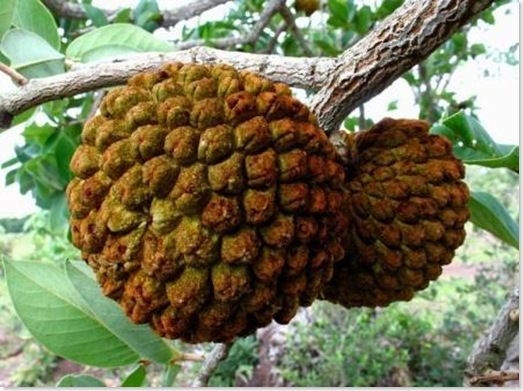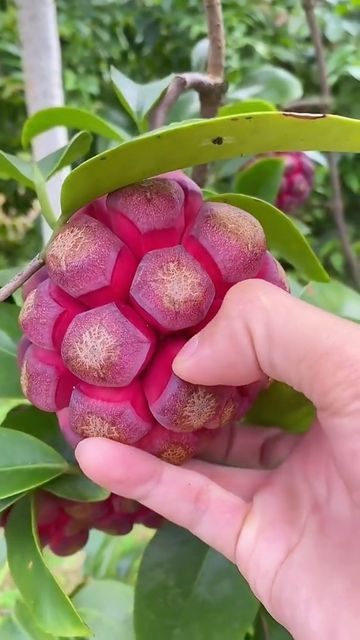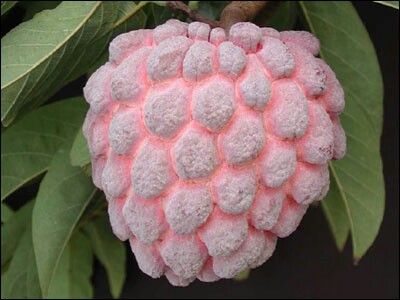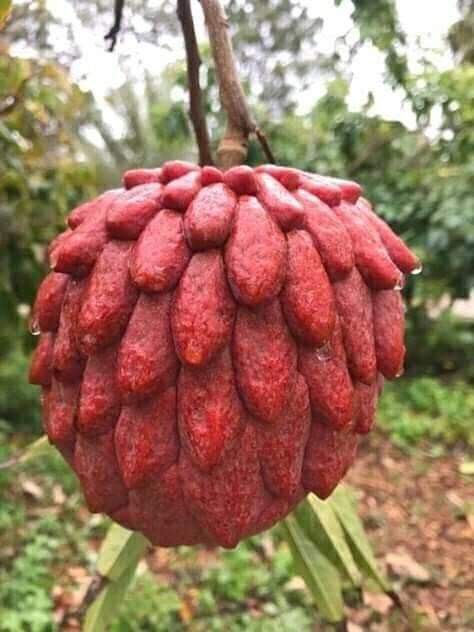In the tropical realms of South Asia and Latin America, the red custard apple, also known as the red na or na đỏ in Vietnamese, reigns as a cherished fruit that delights the senses with its unique taste and captivating appearance. This delightful member of the Annona family holds a treasured place in local cuisines, culture, and the hearts of those who have had the pleasure of savoring its succulent sweetness.

The red custard apple (Annona reticulata) is closely related to the more common green custard apple (Annona squamosa) but sets itself apart with its vibrant crimson skin. Its outer appearance is an enchanting sight, with a textured, knobby surface that conceals the velvety pulp within. When cut open, the fruit reveals a rich, reddish pulp adorned with glossy black seeds.

Unique Flavor and Culinary Uses: The red custard apple’s flavor is an exquisite fusion of sweet and slightly tangy notes, making it a delectable tropical treat. Often enjoyed fresh and chilled, the fruit can also be used in smoothies, juices, ice creams, and various desserts, adding a delightful burst of flavor and vibrant color to culinary creations.

Nutritional Benefits: Beyond its indulgent taste, the red custard apple packs a nutritional punch. Rich in essential vitamins, minerals, and dietary fiber, the fruit provides a natural source of energy and contributes to a well-balanced diet. Additionally, it contains antioxidants that support overall well-being and help combat oxidative stress.

Cultural Significance: The red custard apple holds cultural significance in regions where it grows abundantly. It is not only cherished for its culinary appeal but also revered for its traditional medicinal properties. In some cultures, the fruit is believed to have therapeutic effects, aiding digestion, and promoting overall health.

Eco-Friendly and Sustainable Cultivation: The red custard apple is known for its ability to thrive in diverse environmental conditions, requiring minimal synthetic inputs. As a result, it offers an eco-friendly and sustainable option for small-scale farmers, supporting local economies and preserving traditional agricultural practices.
While the red custard apple’s enchanting taste and vibrant hue have gained admirers worldwide, the fruit remains a cherished gem of tropical regions where it is cultivated. Local communities embrace its presence as part of their cultural heritage, often incorporating the fruit into seasonal festivities and celebrations.





